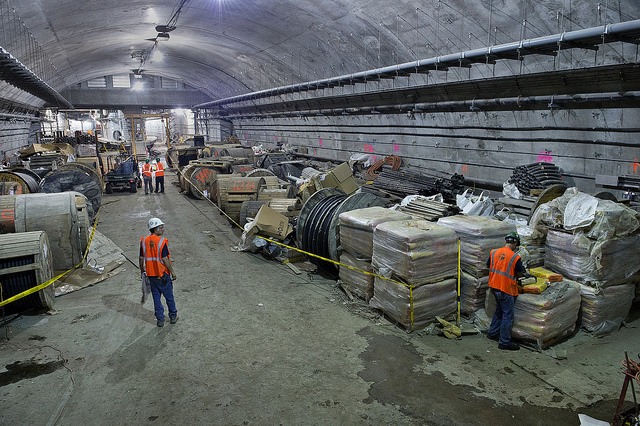
The US economy expanded more than previously estimated. Gross domestic product, the value of all goods and services produced across the US, rose at an annualised rate of 3.9 per cent in the second quarter, compared with a previous estimate of 3.7 per cent, according to the third and final estimate by the Bureau of Economic Analysis.
Growth in gross domestic product in the period from April to June marks a strong bounceback from a sluggish 0.6 per cent pace set in the first three months of 2015, when the harsh winter and a labour dispute at West Coast ports hit economic activity.
A better-than-previously forecast growth was fuelled by consumer spending, which accounts for 70 per cent of the economy. Personal consumption was revised up to 3.6 per cent from 3.1 per cent. Declines in energy prices and unemployment as well as rising home prices, which boost household wealth, should sustain a robust pace of consumer spending during the remainder of the year.
Nonresidential fixed investment rose 4.1 per cent. Investment in nonresidential structures, including office buildings, grew at a 6.2 per cent pace, a sharp increase over an earlier estimate of 3.1 per cent. Residential construction increased at an annualised rate of 9.3 per cent.
Exports of goods and services increased 5.1 per cent, rebounding from a 6 per cent decline in the first three months of the year. Imports rose 3 per cent, down from a 7.1 per cent increase in the first quarter.
The accumulation of inventories contributed 0.02 percentage points to growth rather than adding 0.22 percentage points that was previously estimated.
US economic indicators, except inflation and wage growth, are solid. The rate-setting Federal Open Market Committee decided last week to hold interest rates at their current record lows of near zero, because of lower-than-desired inflation, global economic developments (a slowdown in China and emerging markets weakness) and market factors, including the strength of the dollar against other major currencies.
Fed policymakers, however, keep the door open for the first increase in interest rates since 2006 at a policy meeting in October or December.
Photo: Metropolitan Transportation Authority / Patrick Cashin – CC BY 2.0